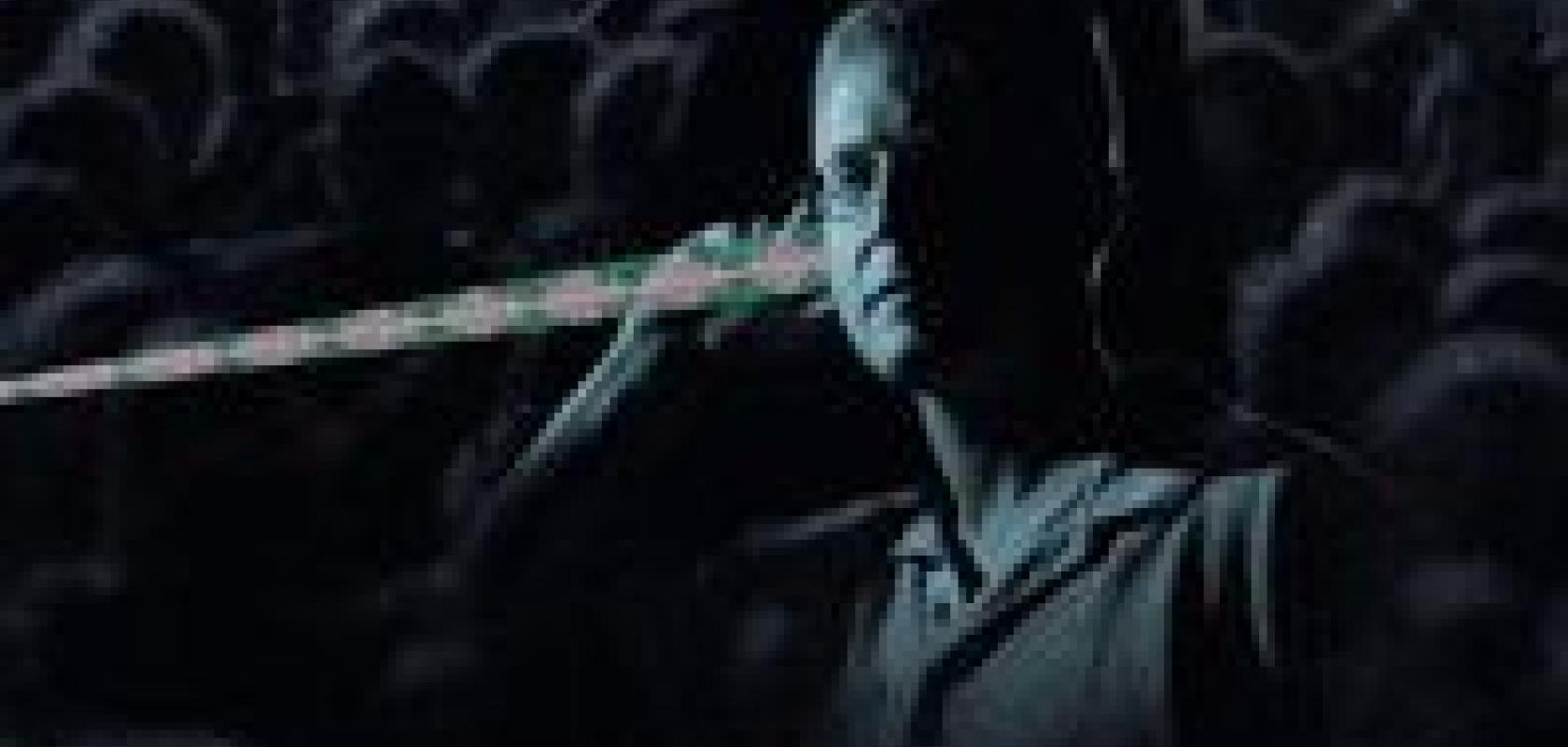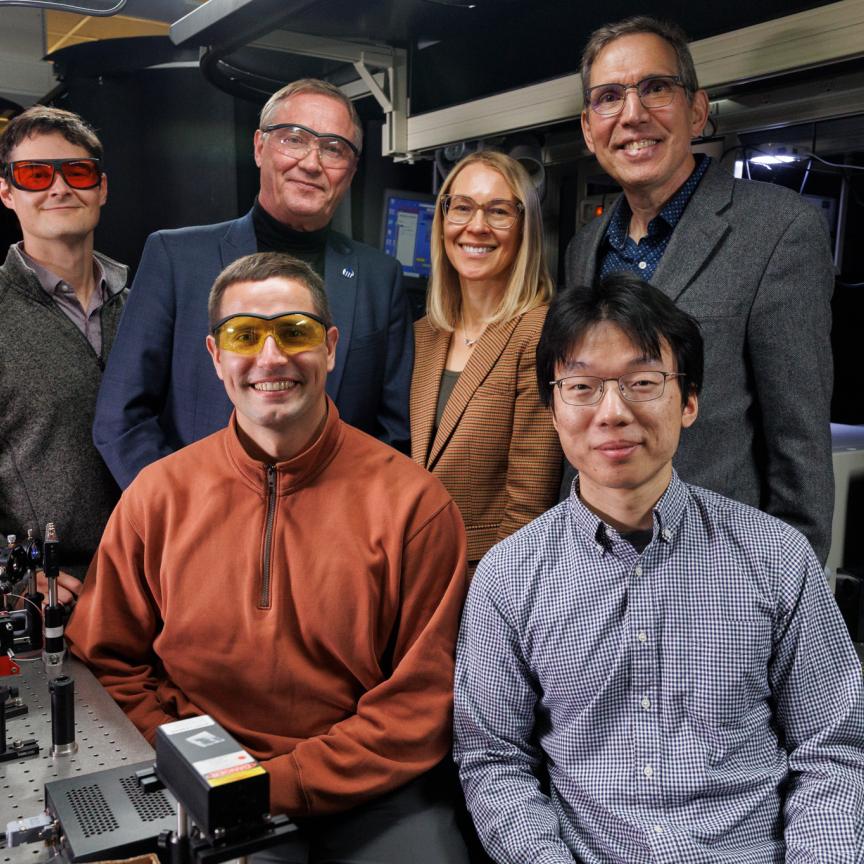Researchers have demonstrated that lasers can be used to transmit audible messages to a person without the need for receiver equipment. The technique could be used to send targeted audio signals over the air to communicate across noisy rooms or warn individuals of dangerous situations.
In Optics Letters, researchers from the Massachusetts Institute of Technology’s Lincoln Laboratory report using two different laser-based methods to transmit various tones, music and recorded speech at a conversational volume.
'Our system can be used from some distance away to beam information directly to someone's ear,' said research team leader Charles Wynn. 'It is the first system that uses lasers that are fully safe for the eyes and skin to localise an audible signal to a particular person in any setting.'
The new approaches are based on the photoacoustic effect, which occurs when a material forms sound waves after absorbing light. In this case, the researchers used water vapour in the air to absorb light and create sound.
'This can work even in relatively dry conditions because there is almost always a little water in the air, especially around people,' said Wynn. 'We found that we don't need a lot of water if we use a laser wavelength that is very strongly absorbed by water. This was key because the stronger absorption leads to more sound.'
One of the new sound transmission methods grew from a technique called dynamic photoacoustic spectroscopy (DPAS), which the researchers developed previously for chemical detection. In the earlier work, they discovered that scanning a laser beam at the speed of sound could improve chemical detection.
'In this new paper, we show that sweeping a laser beam at the speed of sound at a wavelength absorbed by water can be used as an efficient way to create sound,' said Ryan M. Sullenberger, first author of the paper.
For the DPAS-related approach, the researchers change the length of the laser sweeps to encode different frequencies, or audible pitches, in the light. One unique aspect of this laser sweeping technique is that the signal can only be heard at a certain distance from the transmitter. This means that a message could be sent to an individual, rather than everyone who crosses the beam of light. It also opens the possibility of targeting a message to multiple individuals.
They believe that the system could be easily scaled up to longer distances. They also tested a traditional photoacoustic method that doesn’t require sweeping the laser and encodes the audio message by modulating the power of the laser beam.
'There are tradeoffs between the two techniques,' said Sullenberger. 'The traditional photoacoustics method provides sound with higher fidelity, whereas the laser sweeping provides sound with louder audio.'
Next, the researchers plan to demonstrate the methods outdoors at longer ranges. 'We hope that this will eventually become a commercial technology,' said Sullenberger. 'There are a lot of exciting possibilities, and we want to develop the communication technology in ways that are useful.'


